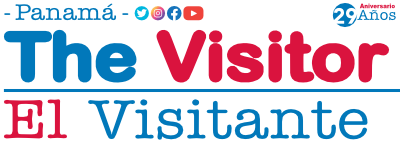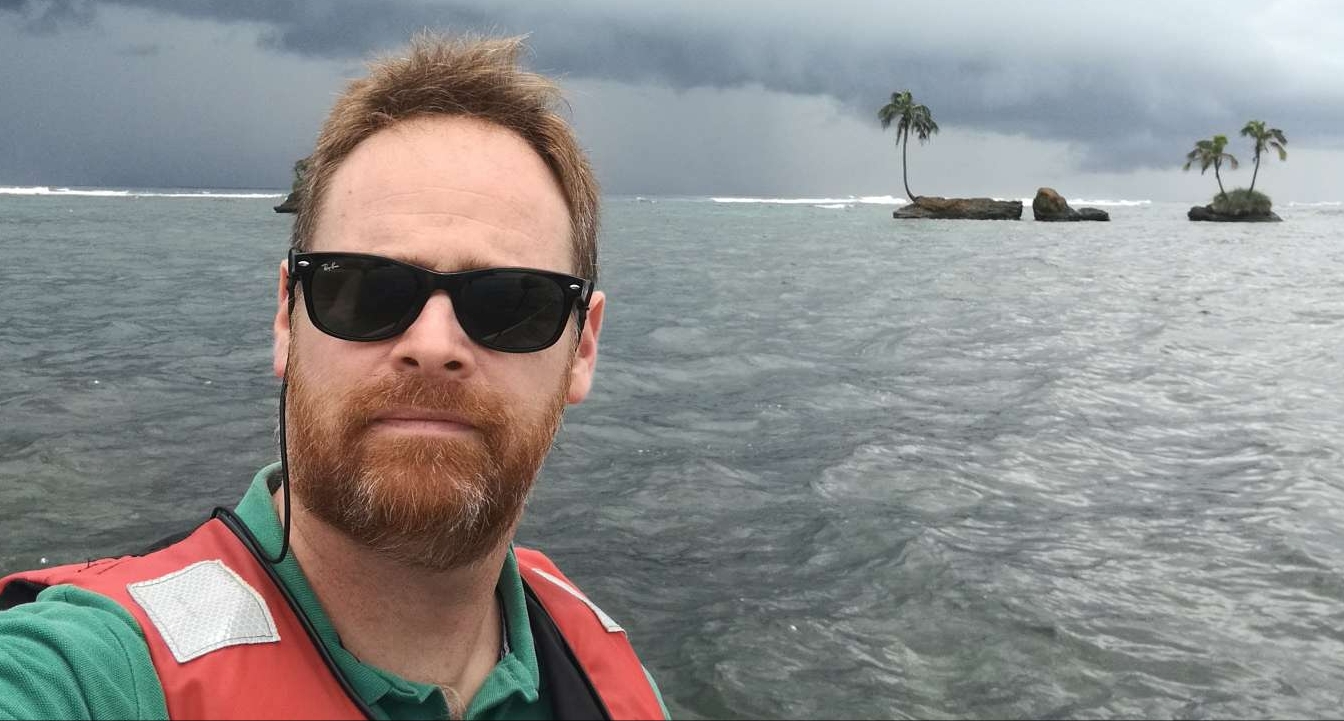In this edition we break the tradition where the Special Guest is an outstanding Panamanian professional. On this occasion, the editorial team decided to turn it around and propose a guest who, although born in Spain, has travel our country in depth. He is an international tourism specialist where he has had the mission of leading the tourism marketing and “branding” of more than 15 countries such as Spain, Croatia, Greece, Armenia, Haiti, Colombia, Uruguay, among others.
This is the reason why Augusto Huescar was selected by the Panamanian authorities to update the Panama Tourism Master Plan. Knowing first-hand that our guest has had the opportunity to tour the country, live our culture and witness our tourism potential, in this exclusive interview we delve into topics related to our Panamanian tourism and look towards the future.
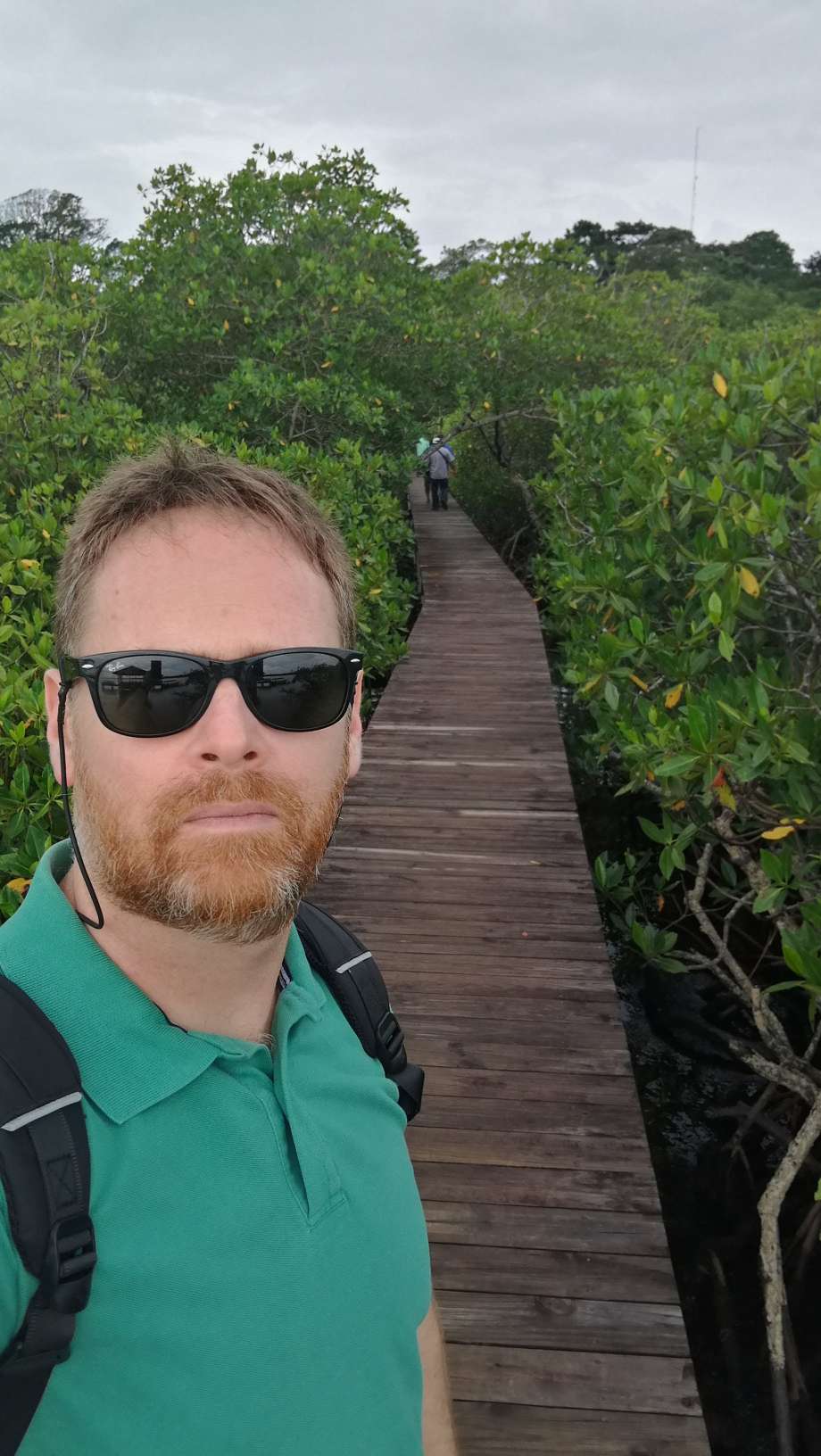
What were your greatest motivations for coming to Panama and supporting the development of the master plan?
“My first job in Panama came about through the World Tourism Organization. It was in 2018. And it was a first “contact” visit with the country, the destinations, the people, the institutions (public and private) and the Master Plan itself. An almost immediate interest in the country awoke in me, I cannot deny it. Then it was decided to update the Master Plan, and at the end of 2019 work began, new visits, many workshops, meetings, presentations, confinement, difficulties moving forward, online meetings almost daily, and by September 2020 it was finished and approved unanimously in the National Tourism Council. I am proud for being immensely lucky to have been able to participate in the process.”
What did you like the most about Panama when touring it, getting to know its people, destinations and culture?
“Well, you’re absolutely right to mention the people. They are a wonder. I suppose that the peaceful climate, the absence of great social conflicts, helps to form the character of the people (!and vice versa¡). The fact is that here in Panama I feel very comfortable. I have been able to travel a good part of the country, and in all places I have felt welcome, in beautiful places and attended by friendly people. Being so close to the ocean almost all the time is also a very positive factor to me, I find it relaxing and very enjoyable. These are not very “tourist” factors, are the ones that I care about personally.”
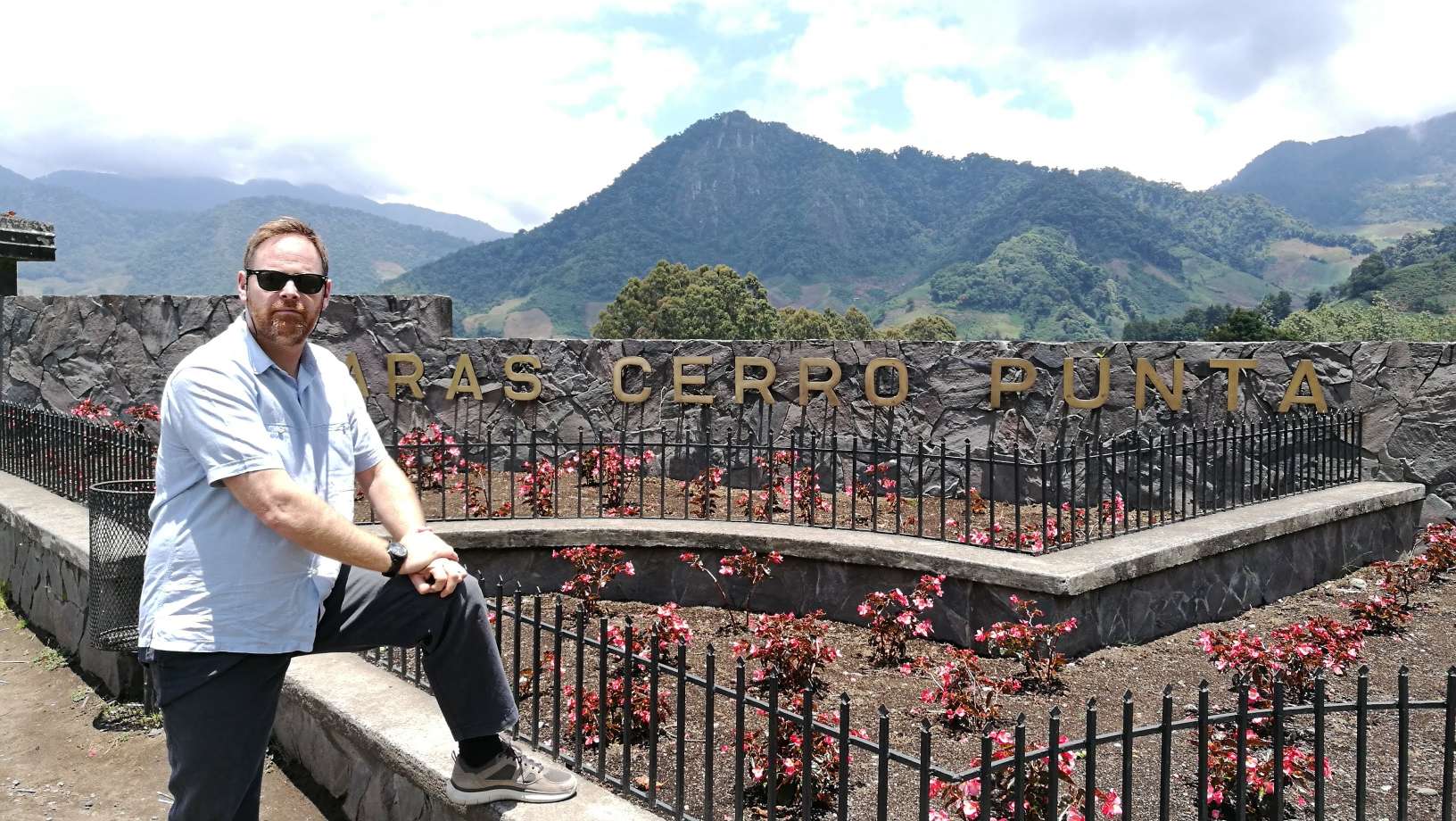
What was Panama like when you first came to Panama compared to when you came back to update the Tourism Master Plan?
“Although not much time has passed, in this year and a half it seems like a decade has passed. The pandemic has been the great disruptive in our sector, I don’t know if we will see something like this again, hopefully not. However, in Panama there are no big differences, if I’m honest. Going back to talking to professionals in the sector, the same basic problems continue to be detected, as if these two years had passed in “Stand by”.
The original master plan was not actually executed, what do you feel now that will help the updated one to be executed?
“Well, my mission is not to help its execution, I wish I could also contribute in that task. The non-execution of the Plans is a widespread evil in many countries in Latin America and in the world. One of the mantras that was repeated to me during my first “research” visits to Panama was: “tourism should stop being a government policy and become a State policy”. And I firmly believe in that statement, in all its depth and complexity.
The implementation is proving to be very complicated, in a pandemic and post-pandemic environment, with many companies in a critical situation, new urgencies and priorities and, in addition, drastic budget cuts. It is the perfect storm against the implementation of any plan.
However, in my opinion, a couple of very important steps have been taken in the sense of promoting the sector from the State (“State policy”, the great claim): the creation and development of the Tourist Office in destinations throughout the country , where different ministries (their highest representatives) sit together to agree on disbursements and unblock improvement projects that the tourism sector has claimed but cannot undertake on its own; and the creation, finally, of the Promotion Fund (PROMTUR), which is dedicated to the marketing and communication of Panamanian destinations in international markets as an independent entity in its financing from the rest of state institutions. I honestly believe that these two initiatives can contribute to turning tourism into a State policy. I hope it lasts for many years.
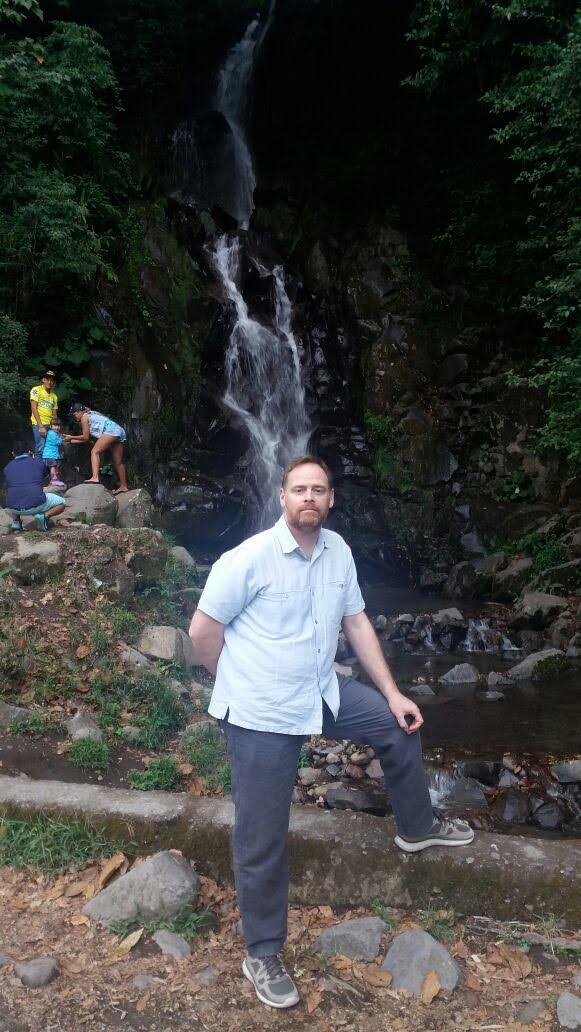
What are the areas with the greatest tourism potential in Panama by region according to the master plan and what areas are priorities in the short and medium term?
From a list of 26 destinations identified by the 2007 Master Plan, the 2020 Plan identified 8 priority destinations: Panama City (with Taboga), the Pacific Riviera, Portobelo/ Santa Isabel, Pedasi/ Tonosi, Santa Catalina/ PN Coiba, Boquete, Highlands/ Volcano and Bocas del Toro. These destinations were selected for their high competitiveness (assessed by me together with the expert planners from the ATP), for the possibility they offer of acting as a complement to other destinations, and for their contribution to the positioning of the national tourism brand and the vision of the Plan itself. In addition, the IDB financing line for the Comprehensive Urban Development of Cities with a Tourist Vocation was taken into account, so that these efforts would also benefit priority destinations for the Master Plan.
Now in 2022 we are working with the ATP and the IDB to add El Valle de Anton, Boca Chica/Gulf of Chiriqui and the Las Perlas Archipelago as priority destinations, with their diagnosis, their recommended positioning and their Action Plan for the coming years.
How can tourism associations such as CAMTUR and APATEL support the optimal execution of the master plan?
The private sector has been, is, and will continue to be the true catalyst for the growth of the tourism sector in Panama, given the intermittent and not always effective role of the State in its support for this sector.
Hence, these private sector associations are of key relevance, since they bring together professionals and investors and, therefore, they are clear about the priorities to be addressed in order to improve the competitiveness of businesses and destinations. It is also necessary to highlight the role of the multiple associations of a more local nature that, throughout the country, also channel high-impact projects, although with a lower budget.
What do the Panamanian people have that is difficult to find in other countries in the region?
Many good things can be said about Panamanians. I like how open they are with foreigners, I have noticed it many times. And I also like their national pride, that recognition of the importance of the isthmus, of the Canal, of its past and recent history. Everywhere people smile, but in Panama they smile more, I don’t know how to explain it well.
It is a pleasure to feel good in such a vibrant place with so much to discover. And that is fundamentally due to the Panamanian people.
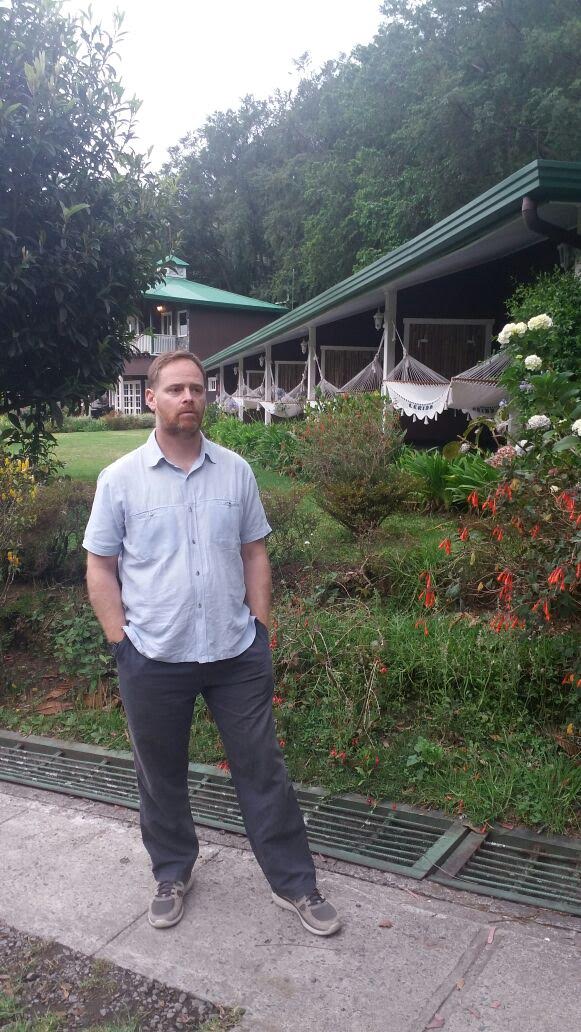
Photos courtesy: Augusto Huéscar
